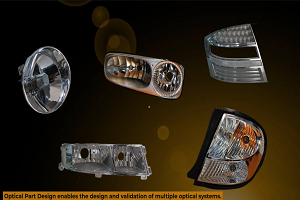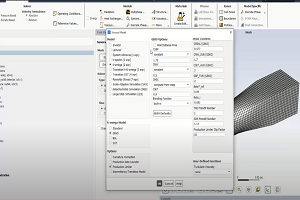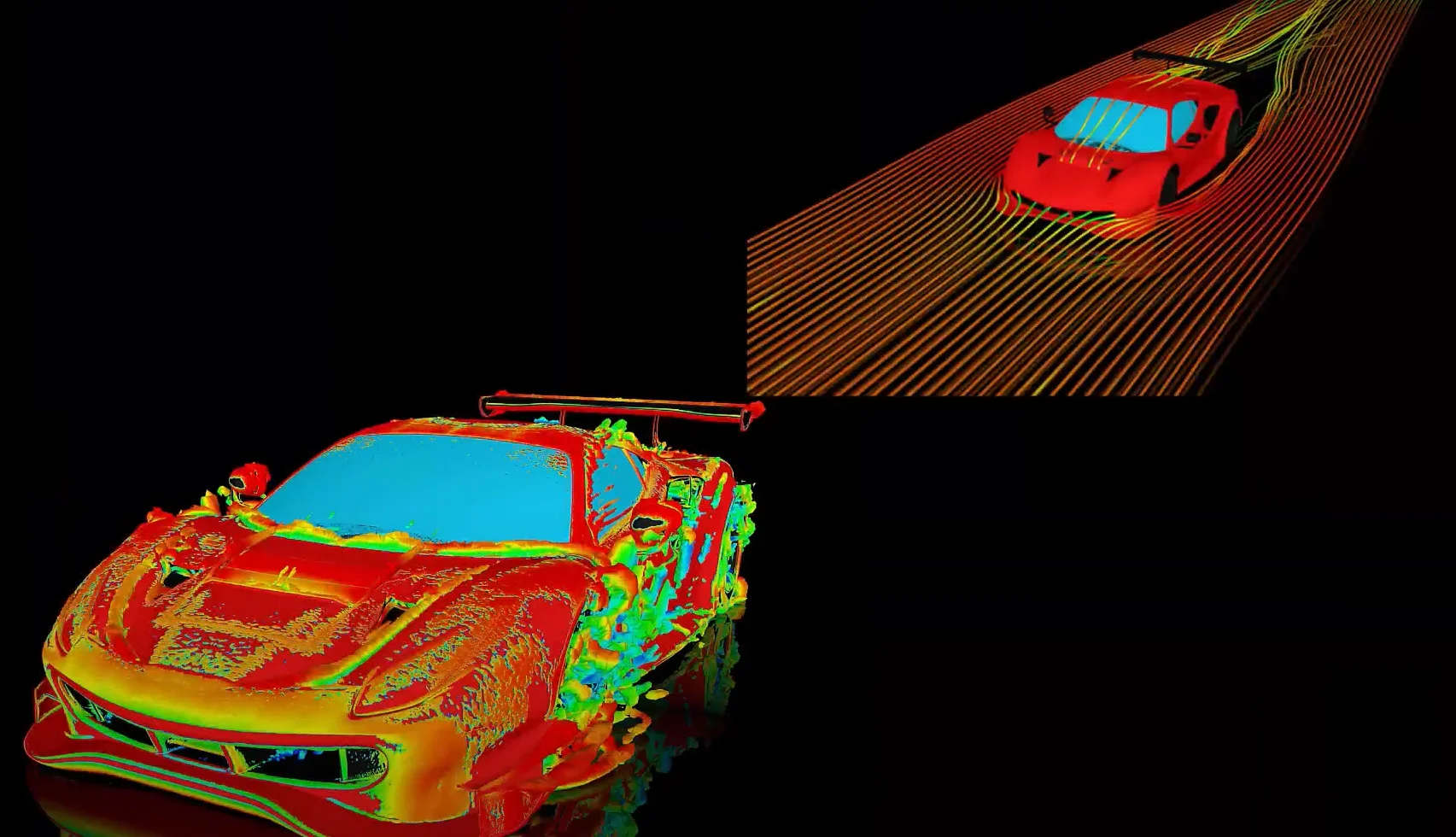Tagged: Analyze-FAQ, Ansys Discovery
-
-
September 26, 2022 at 10:15 am
 FAQParticipant
FAQParticipantPorous conditions can be used to model a wide variety of applications, such as fluid flow through filters, packed beds, perforated plates, flow distributors, and tube banks. The porous medium is modeled as a momentum loss, the magnitude of which involves resistance coefficients.
Porous media condition can be used in Explore as well as Refine mode.
Si=-(µ/α vi + ½ C2ρ|v|vi)
where
Si is the momentum source which accounts for the porous loss
C2 is the inertial resistance
α is the permeability
μ is the fluid viscosity
ρ is the fluid density
|v| is the velocity magnitude
vi is the velocity vector of the ith component in the medium
For low-Reynolds number flows, the viscous loss typically dominates, and the inertial resistance coefficient can often be set to 0. For turbulent flows, the inertial loss typically dominates, and the viscous resistance coefficient can often be set to 0.
If you have experimental tabulated data of pressure drop as a function of velocity for a porous medium of thickness Δx, you can derive the resistance coefficients:
ΔP/Δx = -(µ/α v + ½ C2ρv2)
This document provides a guide on how to calculate and define the resistance coefficients using a script or spreadsheet calculator for isotropic porous media in ANSYS Discovery.
Please use attached discovery script to automatically calculate the porous media coefficients and apply them. While a more comprehensive tool is under development, with the attached tool, you can calculate the isotropic porous media coefficient, that is Inertial and Viscous resistance in the streamline direction.
-


Introducing Ansys Electronics Desktop on Ansys Cloud
The Watch & Learn video article provides an overview of cloud computing from Electronics Desktop and details the product licenses and subscriptions to ANSYS Cloud Service that are...

How to Create a Reflector for a Center High-Mounted Stop Lamp (CHMSL)
This video article demonstrates how to create a reflector for a center high-mounted stop lamp. Optical Part design in Ansys SPEOS enables the design and validation of multiple...

Introducing the GEKO Turbulence Model in Ansys Fluent
The GEKO (GEneralized K-Omega) turbulence model offers a flexible, robust, general-purpose approach to RANS turbulence modeling. Introducing 2 videos: Part 1 provides background information on the model and a...

Postprocessing on Ansys EnSight
This video demonstrates exporting data from Fluent in EnSight Case Gold format, and it reviews the basic postprocessing capabilities of EnSight.

- In-Depth – Fluids Simulation using Ansys Discovery
- Discovery: Porous media coefficient calculator
- Ansys Discovery: Topology Optimization
- Discovery – Defining new material
- Discovery Quick Tip- Understanding Contour Settings
- Structural Simulation using Bolt Idealization
- Thermal Analysis of Heat Sinks with Ansys Discovery
- How to apply bolt Pretension in ANSYS Discovery?
- Symmetry Boundary condition for Fluid flow simulation in Ansys Discovery
- Discovery Quick Tip- How to Export to Fluent

© 2025 Copyright ANSYS, Inc. All rights reserved.

